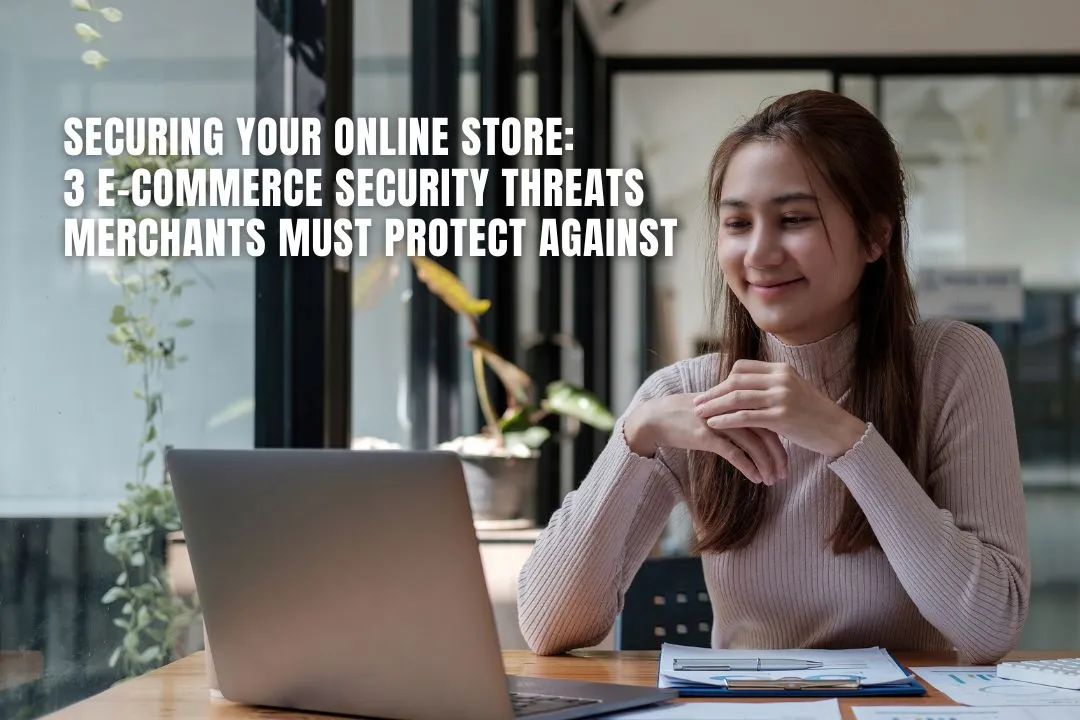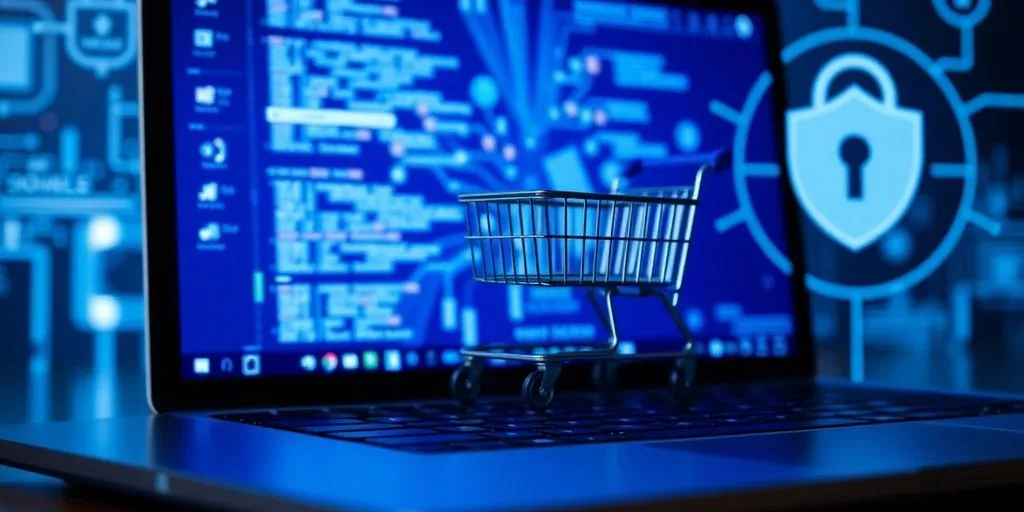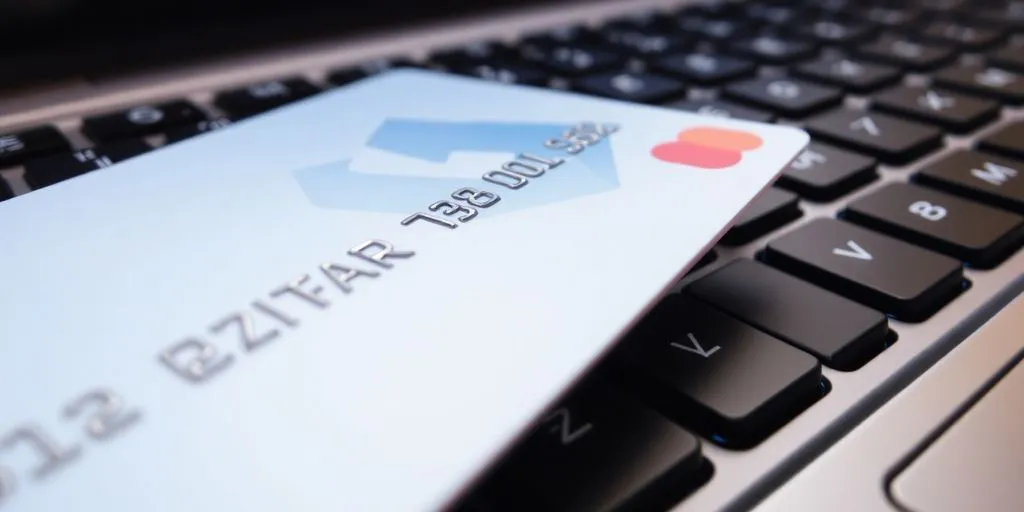Securing Your Online Store: 3 E-commerce Security Threats Merchants Must Protect Against
November 7, 2024

Running an online store comes with many challenges, especially when it comes to keeping it safe from cyber threats. As more people shop online, e-commerce security threats have become a major concern for business owners. It's essential to understand these threats and take steps to protect your store and your customers. In this article, we will discuss three key e-commerce security threats and how you can guard against them.
Key Takeaways on Protecting Your Online Store Against Threats
- E-skimming Risks: Hackers use e-skimming to steal sensitive payment information from online shoppers, making it essential to secure your checkout page.
- Financial Fraud Vulnerabilities: Online stores face risks of financial fraud, such as credit card fraud and fake returns, which can cause significant losses if not monitored closely.
- Malware Threats: Malware, including adware, trojans, and ransomware, can disrupt operations and damage your store’s reputation by stealing sensitive customer information.
- Importance of Software Updates: Regularly updating your e-commerce platform and plugins helps prevent vulnerabilities that cybercriminals could exploit.
- Two-Factor Authentication: Enabling two-factor authentication provides an added layer of security, protecting both your store and customer accounts from unauthorized access.
- Educating Employees and Customers: Training staff and informing customers about common scams and security measures can help prevent attacks and build trust.
- SSL Certificates for Encryption: SSL certificates encrypt customer data during transactions, boosting security and reinforcing customer confidence in your site.
Register Your LLC
Company Registration
START NOW1. E-Skimming

E-skimming is a serious threat where hackers steal sensitive payment information from online shoppers. In e-skimming, attackers target the checkout page to capture credit card details and personal information. This type of attack can happen through various methods, including phishing and cross-site scripting (XSS). Here are some key points to understand about e-skimming:
- How it works: Hackers infiltrate your e-commerce site and wait for customers to enter their payment information.
- What they steal: Credit card numbers, names, addresses, and other personal data.
- Why it matters: If successful, these attacks can lead to significant financial loss for both merchants and customers.
To protect your online store from e-skimming, consider the following steps:
- Keep software updated: Regularly update your e-commerce platform and plugins to patch vulnerabilities.
- Use strong passwords: Change all default credentials and use complex passwords for all accounts.
- Implement multi-factor authentication: This adds an extra layer of security to your login process.
Protecting your payment page is crucial. By taking these steps, you can help ensure that your customers' information remains safe and secure.
2. Financial Fraud

Financial fraud is a serious threat to online stores. Hackers can make unauthorized transactions that lead to significant losses for businesses. Here are some common types of financial fraud:
- Credit Card Fraud: This occurs when someone uses stolen credit card information to make purchases.
- Refund Fraud: Fraudsters may request refunds for products they never bought or for damaged goods.
- Fake Returns: Some criminals return items they never purchased, hoping to get money back.
To protect against these threats, consider implementing the following measures:
- Use two-factor authentication for transactions.
- Regularly monitor your accounts for suspicious activity.
- Educate your employees about recognizing fraudulent activities.
Protecting your online store from financial fraud is crucial for maintaining trust with your customers and ensuring your business's success.
3. Malware
Malware is a type of malicious software that can harm your online store. It can sneak into your systems and cause serious problems. Here are some common types of malware:
Types of Malware
- Adware: Shows unwanted ads.
- Trojans: Looks like real software but is harmful.
- Ransomware: Locks your data and asks for money to unlock it.
How Malware Affects Your Store
Malware can:
- Steal sensitive customer information.
- Disrupt your website's operations.
- Damage your store's reputation.
Protecting Your Store from Malware
To keep your online store safe from malware, consider these steps:
- Regularly update your software and systems.
- Use strong passwords and change them often.
- Educate your customers about phishing and other scams.
Protecting your online store from malware is crucial. A single attack can lead to significant losses and damage your reputation. Stay vigilant and proactive to ensure your business remains secure.
By following these guidelines, you can help safeguard your e-commerce business against malware threats. Remember, investing in security is just as important as marketing your products!
Final Thoughts on E-commerce Security
In conclusion, keeping your online store safe is crucial in today’s digital world. As we’ve discussed, threats like malware, financial fraud, and data breaches can harm your business and your customers. By taking steps to improve your security, such as using strong passwords, keeping your software updated, and choosing a secure platform, you can protect your store from these dangers. Remember, a secure online store not only safeguards your business but also builds trust with your customers, encouraging them to shop with confidence. Stay vigilant and proactive to ensure your e-commerce site remains a safe place for everyone.
Frequently Asked Questions
What is e-skimming and how does it affect my online store?
E-skimming is when hackers sneak malicious code into your checkout page to steal customer payment details. This can lead to unauthorized purchases and loss of customer trust.
How can I protect my store from financial fraud?
To protect against financial fraud, use secure payment methods, monitor transactions closely, and educate your staff about recognizing suspicious activities.
What types of malware should I be aware of?
Common types of malware include viruses, ransomware, and spyware. They can steal information or disrupt your operations, so it's important to have protection in place.
How can I tell if my website has been compromised?
Signs of a compromised website include unusual activity like unexpected charges, slow performance, or unfamiliar changes to your site. Regular security scans can help detect issues.
What steps can I take to enhance my online store's security?
You can enhance security by using strong passwords, enabling two-factor authentication, keeping software updated, and choosing a secure web hosting provider.
Is it necessary to have an SSL certificate for my e-commerce site?
Yes, an SSL certificate is crucial. It encrypts customer data, making transactions safer and helping to build trust with your customers.

